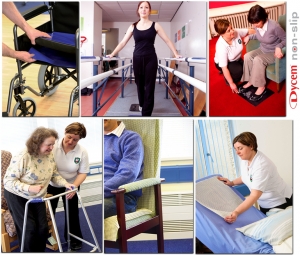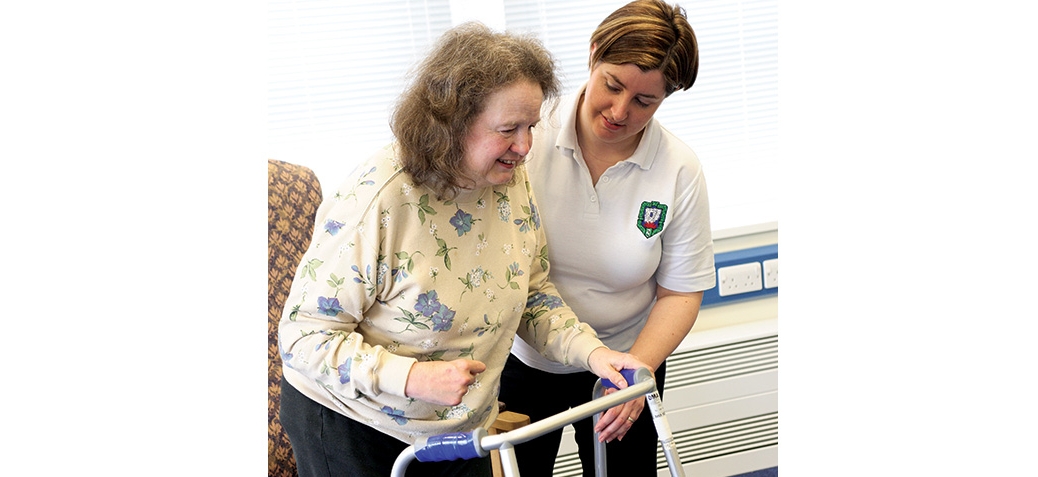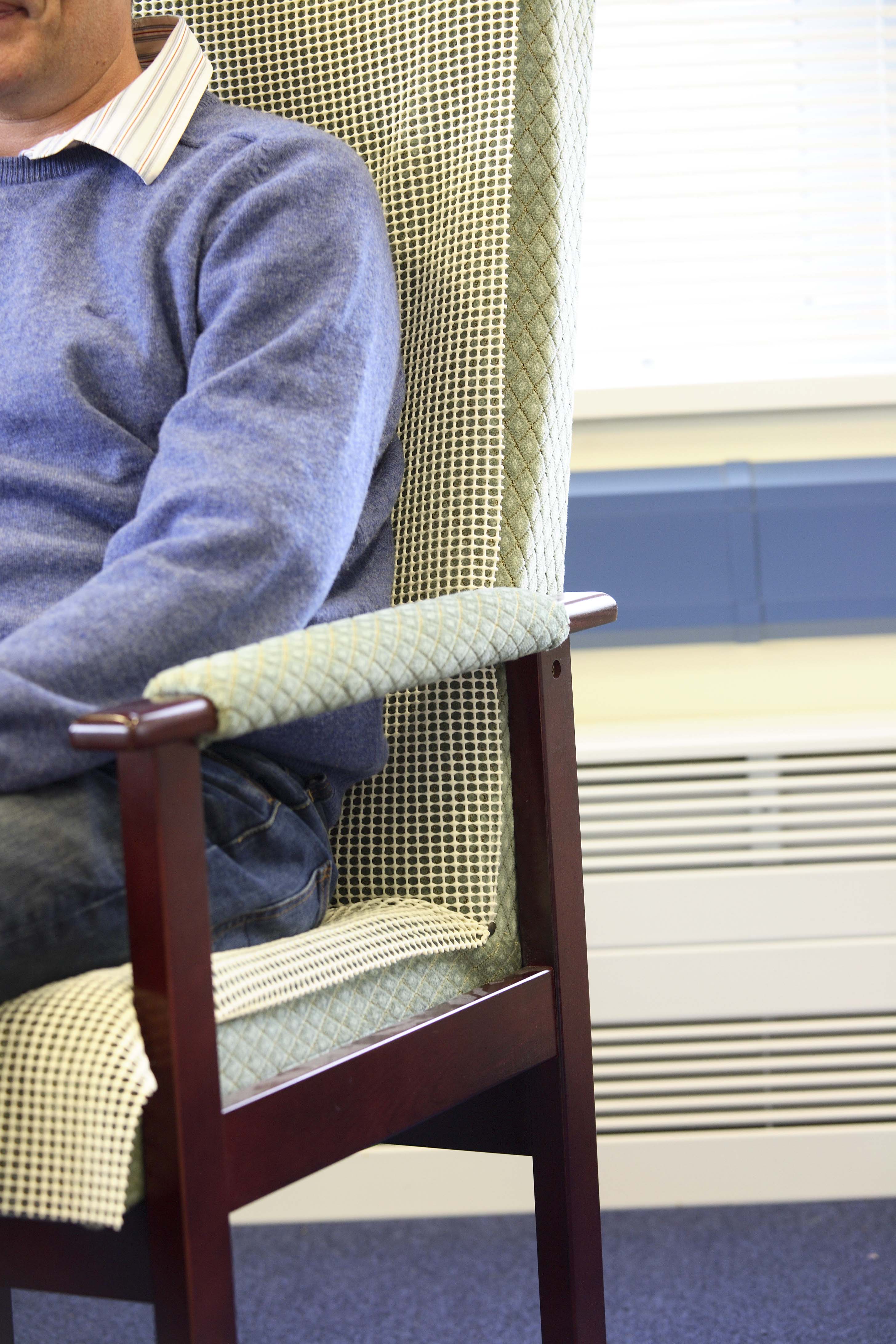A recent study has found that health care professionals are the group most likely to be injured at work. The CDC, the US’s health protection agency, found that patient handling was the main cause of these injuries. Studies have also found that manual handling accidents account for half of all sickness absence for NHS staff, leading to 1.5 million lost working days costing the NHS £400 million per year.
Everyday, thousands of nurses, occupational therapists, physical therapists and other healthcare professionals perform patient handling tasks. This may be general handling tasks, such as transferring a patient from a bed to a wheelchair, or during rehabilitation exercises. These physically demanding tasks can be made easier with the right tools, making it safer for patients and caregivers.
Many healthcare professionals are already using Dycem Non-Slip every day to make patient handling and movement easier and safer for all. The unique gripping properties of our Dycem non-slip products can help enable health care workers to move clients safely and keep them in place, avoiding the need for repositioning. Dycem Non-Slip products are available in a range of colours, perfect for providing visual cues and contrasting colours for those with visual impairments.

Popular ways that Dycem is used to help with patient handling include:
• Using on the floor to provide grip and to prevent feet giving way
• Helping with sit-to-stand activities
• Using on wheelchair footrests and seats to prevent clients slipping down
• Placing under a wobble board and under foam for balance activities so that clients don’t slide and fall
• Using Dycem as a marker on the floor for patients to walk in tandem gait
• Placing under a sliding board and transferring patients from bed to beside commode
• Using on parallel bars to provide extra grip, stability and visual markers
• Using Dycem to keep hold of patients when mobilising, providing excellent grip for hard to hold onto areas.
• Using Dycem reel material on grab bars for transfers
• Using on beds and under pillows to prevent slipping and help with positioning
• Using Dycem for upper extremity weight baring exercise to help hands to stay in place
Training is effective in preventing injuries and tools like Dycem can certainly help provide stability and safer handling. We would love to hear any ideas or comments on how Dycem is helping you with patient handling.
View the Dycem Non-Slip product range here .
Study sources:
http://www.apta.org/PTinMotion/News/2015/6/24/PatientHandlingInjuries/
http://www.leicspart.nhs.uk/Library/PatientHandlingUpdateHandout2012.pdf



